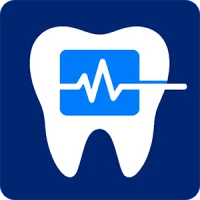
Dental Blog
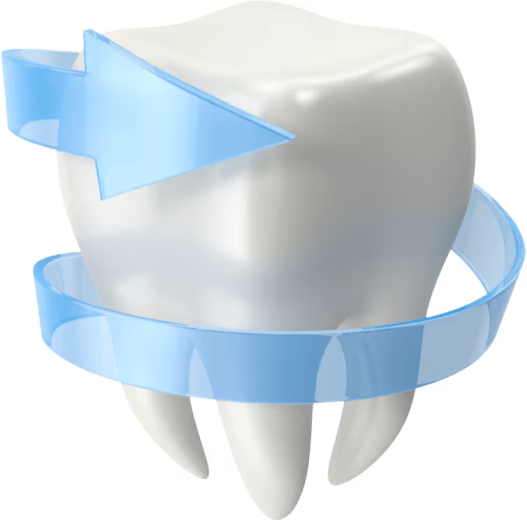

Resources for Dentists
Dive deep into helpful guides and in-depth information about:

Your Resource for Dentistry Insights
Sedation dentistry is evolving. Regulations change, compliance requirements grow, and practices need tools to stay ahead. The Sedate Dentistry Blog is here to help you learn, adapt, and succeed with resources built for dentists, oral surgeons, and office managers.

Explore Topics That Matter

Sedation Dentistry
Learn about sedation dentistry's best practices, compliance tips, and case studies.
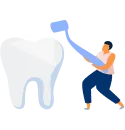
Patient Vitals Monitoring
Device integrations, patient monitoring, and technology insights.

Patient Forms & Experience
Intake forms, digital consent, and patient-focused workflows and user experience.

Dental Practice Growth
Grow your dental practice with in depth guides, tutorials, and software reviews.
Recent Guides for Dentists
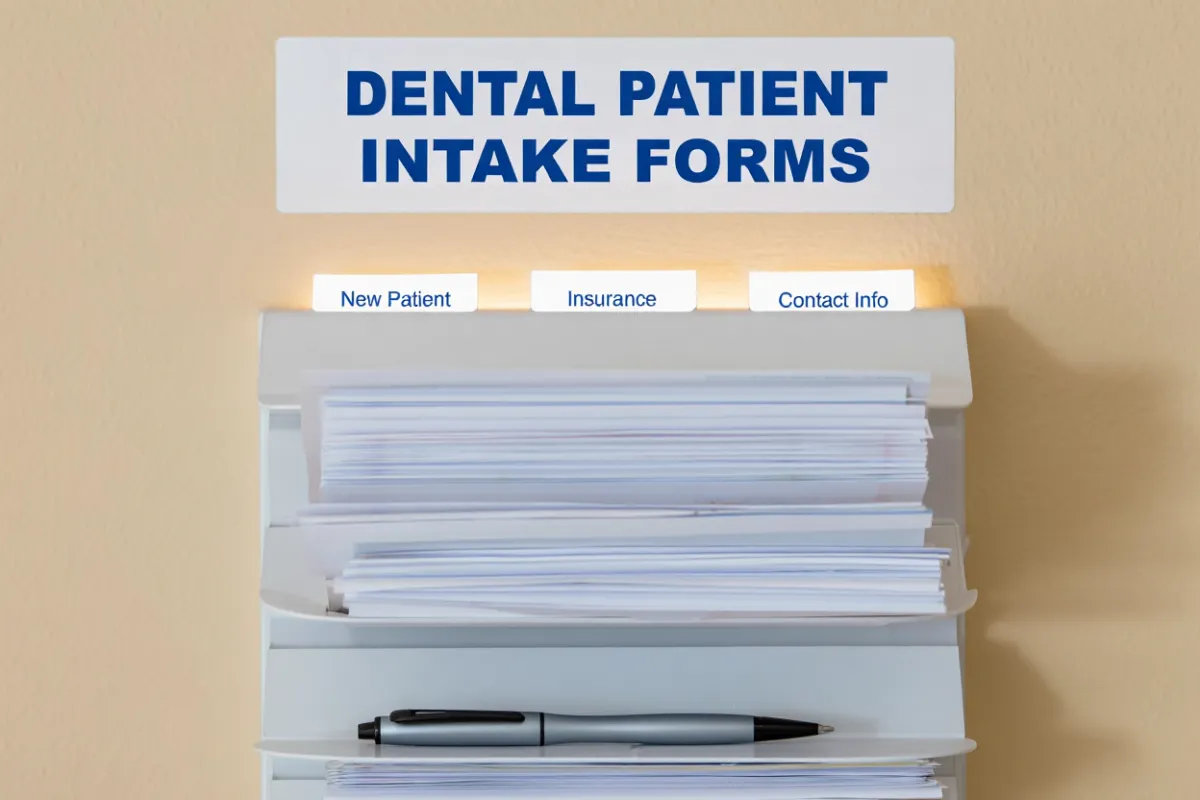
Streamlining Sedation Workflows: From Intake to Reporting
Efficient sedation days are built on repeatable steps. This guide shows how to streamline the entire workflow—intake, screening, consent, room setup, induction, monitoring, recovery, and reporting—so your team moves smoothly and your records stay complete without extra clicks.
Table of Contents
Streamlining Sedation Workflows: From Intake to Reporting
The outcome you’re optimizing for is predictable, safe throughput
Map the full sedation journey before fixing bottlenecks
Intake and triage decide whether today is the right day
Pre-op and consent translate planning into clear expectations
Day-of room setup makes readiness visible
Induction and monitoring rely on roles and intervals
Recovery and discharge use objective criteria
Reporting and QA turn days into durable improvements
Use a one-page operational blueprint your team can run
Optimize intake so screening decisions are quick and consistent
Standardize consent to match today’s modality, not a generic label
Turn room setup into a 60-second sequence anyone can run
Use timers and roles to keep documentation on schedule
Make dose documentation bulletproof with a short script
Treat nitrous documentation like medication, not a checkbox
Shorten recovery and keep it safe with objective criteria
Build the reporting layer that actually changes behavior
Implement in 30 days with a targeted sprint
Prevent the five bottlenecks that slow sedation days
Sedation workflow optimization means removing friction while raising reliability. The objective is not to rush; it’s to make the right action the easiest action at every step. This article maps an end-to-end, software-backed workflow and gives practical templates, metrics, and internal links you can use to tighten execution immediately.
The outcome you’re optimizing for is predictable, safe throughput
Predictability is the core KPI. Your process should deliver the same high bar across clinicians and operatories: clear screening decisions, fast room readiness, live documentation with interval prompts, and objective discharge tied to criteria—not vibes. When every phase is standardized and surfaced inside your chart, you get calmer rooms and cleaner audits.
Map the full sedation journey before fixing bottlenecks
A streamlined workflow starts with a shared map. Everyone should recognize the same phases, owners, and artifacts so improvements stick.
Intake and triage decide whether today is the right day
Intake collects medical history, medication lists, allergies, airway risk, prior sedation experiences, and escort details. Triage applies your criteria for in-office nitrous/oral/IV versus referral. Intake lives in Sedation visit record software so the plan, risks, and instructions are visible at a glance.
Pre-op and consent translate planning into clear expectations
Pre-op confirms fasting rules for oral/IV, updates meds, and reviews consent matched to the modality. Consent language and versions stay current inside Dental sedation compliance so staff always open the right document.
Day-of room setup makes readiness visible
Room setup follows a 60-second “ready” routine: monitors on with alarms set, oxygen PSI confirmed, suction tested, capnography placed when indicated, and reversal expiration checks. Crash cart organization follows the ABCD layout from Sedation Crash Cart Requirements.
Induction and monitoring rely on roles and intervals
Induction proceeds with a Sedation Lead, Monitor Tech, Recorder, and Room Support. The Monitor Tech calls out vitals on a timer; the Recorder logs doses and responses in real time with running totals inside IV sedation charting software. Standard intervals keep documentation complete under pressure.
Recovery and discharge use objective criteria
Recovery tracks vitals and orientation to a posted checklist. Discharge requires stable SpO₂/HR/BP, minimal-assist ambulation, controlled nausea/pain, oral fluids tolerated, and an escort for oral/IV cases. The authorizing clinician and final vitals are recorded in digital sedation visit records.
Reporting and QA turn days into durable improvements
End every case with a short “flow note,” monthly chart audits, and a dashboard of key metrics. Teams still on paper can compare clarity in Sedate Dentistry vs. paper records and budget upgrades with Plans & Pricing.
Use a one-page operational blueprint your team can run
A single page can organize the entire day. Print this to post in each operatory and embed it as prompts in your chart.
Optimize intake so screening decisions are quick and consistent
Intake should end in a clear routing decision. Build a triage matrix with your inclusion/exclusion criteria, and capture escort requirements for oral/IV before scheduling. Store the matrix and version history in sedation compliance software so staff always use the current rule set. Push the results into the case header in sedation record software (digital) so the team sees the plan immediately.
Standardize consent to match today’s modality, not a generic label
One-size-fits-all consent creates confusion. Use separate templates for nitrous, oral, and IV that spell out expected sensations, monitoring, driving rules, and recovery guidance. Replace long paragraphs with bullet points, add checkboxes for teach-back, and keep the “last updated” date visible so staff trust the template. Manage versions inside Dental sedation compliance.
Turn room setup into a 60-second sequence anyone can run
Speed comes from muscle memory. Teach a laminated card: monitors on, alarms set; oxygen PSI above minimum; suction tested; capnography ready when indicated; crash cart brake on; reversals in date. Keep the cart map consistent with your ABCD layout from the crash cart article. When a drawer changes, update the card, not just the cart.
Use timers and roles to keep documentation on schedule
Intervals slip when everyone thinks someone else is logging. Assign a Monitor Tech to call out vitals on the timer and a Recorder to enter them. Prompts in IV sedation documentation keep the cadence steady; if stimulation spikes, the Recorder adds an “extra entry” with time, event, and response. This simple split prevents the two most common misses: late vitals and incomplete dose entries.
Make dose documentation bulletproof with a short script
The fastest way to perfect records is a spoken script. For every dose, the Recorder reads back: “drug—concentration—route—exact dose—time—indication—response—running total.” Keep doses in mg, show mL secondarily if relevant, and always display mg/kg ceilings for pediatrics. For concrete examples, review document sedation doses accurately.
Treat nitrous documentation like medication, not a checkbox
Streamlined doesn’t mean sparse. Record start time, titration range, peak percentage and duration at peak, and oxygen flush. That’s one compact block but it converts audits from stressful to simple. Build a single nitrous section into Sedation visit record software so staff don’t scatter data across the chart.
Shorten recovery and keep it safe with objective criteria
Use an at-a-glance discharge card with criteria that match policy. Document the final vitals and the authorizing clinician every time. If patients ask about driving after nitrous vs oral/IV, keep the explainer handy from "Can you drive after sedation dentistry?", and send escorts home with instructions aligned to "Sedation Dentistry Recovery".
Build the reporting layer that actually changes behavior
Pick five KPIs and review monthly at huddles:
● Charts with complete interval vitals and discharge fields ≥ 95%.
● Medication entries with concentration recorded 100%.
● Nitrous logs with peak %, range, and O₂ flush captured ≥ 95%.
● Late-entry edits per 100 sedation visits ≤ 5.
● Crash cart audit compliance 100%.
Publish simple run charts on a wall or intranet. When a metric dips, assign a micro-module and a two-minute drill, then re-check next month. Teams still on paper can quantify the gain in compare digital vs paper records and plan cost in pricing and plans.
Implement in 30 days with a targeted sprint
Optimization takes focus, not forever.
● Week 1: Draft your one-page blueprint; configure intake and consent templates in compliance checklists for sedation.
● Week 2: Add interval prompts, nitrous block, and dose fields in digital sedation visit records; run two mock cases per operatory.
● Week 3: Train roles; run a 60-minute drill covering induction, interval vitals, dose read-backs, and an event timeline using IV sedation charting software.
● Week 4: Go live; start the KPI dashboard; schedule your first process review in 30 days.
Prevent the five bottlenecks that slow sedation days
Bottlenecks are predictable; design them out now.
● Consent mismatch with modality: store modality-specific templates where staff click.
● Cart confusion: keep an ABCD drawer map and re-train after any reorg.
● Interval misses: make timers audible and assign a Monitor Tech.
● Dose math errors: require concentration fields and run mg/kg automatically.
● Nitrous under-documentation: use one compact block with peak %, range, and O₂ flush.
Where this fits in your broader best-practices library
Workflow optimization is the bridge between policy and performance. For deeper dives, pair this article with Sedation workflow that scales, equipment readiness in emergency preparedness: crash cart guide, training in digital sedation training, and documentation standards in How to Standardize Sedation Visit Records Across Your Practice https://sedatedentistry.com/post/how-to-standardize-sedation-visit-records-across-your-practice.
Bottom line
A streamlined sedation workflow is a choreography: intake clarity, modality-specific consent, 60-second room readiness, role-driven monitoring with interval prompts, bulletproof dose documentation, objective discharge, and a small set of KPIs that keep quality rising. Back it with software prompts and your team will move faster and safer—without sacrificing documentation.
Next Steps
Book a Free Demo to see how Sedate Dentistry’s Digital Sedation Visit Records Software can streamline and replace paper sedation visit records—saving time, money, and increasing compliance while reducing liability and improving the quality of patient records.
Ready to modernize your sedation documentation? Book a Free Demo

Stay Ahead of the Curve
Benefits of Following Our Blog
Learn compliance best practices.
Discover new sedation software features.
Get expert tips for improving patient care.
See how practices are switching from paper or competitors like Xchart.

Learn More About Sedate Dentistry?
Request a software demo today. See how we can digitalize your sedation visit records.
Simple Pricing, No Hidden Fees
No limits on Procedures or Patients (additional fees for additional offices and dentists)
Testimonials
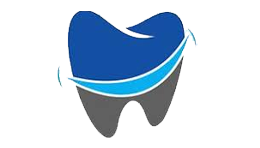
SmileRight Dentistry
Here's Sedate Dentistry Software in a nutshell. Time Saver. Money Saver. Easy to use. Amazing support. End of story.
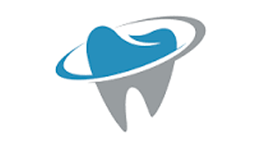
DentalClean
We learned about Sedate Dentistry from one of their other sister companies Edental. We switched from Xchart and this app works great.
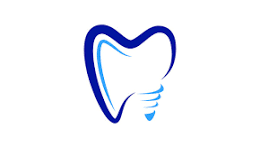
Metro Dentistry
The team at Sedate Dentistry has been amazing, especially Josh who helped integrate into our Edan X10. Much better than Xchart and a fraction of the price.
Contact Us
Contact Us
3165 West 4700 South, Suite A, Taylorsville Utah 84129



















